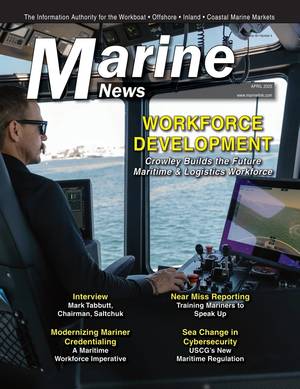Key Takeaways From Trump-Putin Talks: Ukraine, Energy, NATO, Sanctions
The first meeting between Russia and the United States since the beginning of the Ukraine conflict was held to restore relations and prepare the ground for a peaceful resolution.
What has been discussed so far?
UKRAINE WAR Donald Trump, the U.S. president, says that he wants a quick end to the war. Vladimir Putin has said he's willing to negotiate a ceasefire, but only if Russia can control large areas of Ukraine. Trump claims that Putin wants to make a deal. Details of a potential deal are not clear. Trump has said that he may meet Putin in the next month.
Last week, Pete Hegseth, the U.S. Secretary of Defense for NATO, told NATO allies that it was unrealistic to expect Ukraine to join NATO as part a negotiated agreement with Russia. Hegseth said that Ukraine's hope of restoring internationally recognized borders was an "illusionary aim". Russia demanded that NATO scrap its promise made in 2008 to give Ukraine membership in the U.S. led NATO. It also dismissed the idea of NATO member forces being able to keep the peace within Ukraine as part of a ceasefire agreement. The Kremlin stated that Ukraine had the right to decide if it wanted to be a member of the European Union, and that Moscow would not dictate how Kyiv should answer that question.
It will be difficult to determine the exact form of a Western guarantee of security for Ukraine.
TERRITORY Russian troops are slowly advancing, and they control less than a fifth (or 5%) of Ukrainian territory to the east and south. Russia controls about 113,000 square kilometers (43,630 sq mi) of Ukraine. This is the equivalent of the U.S. State of Ohio. The question of how much land Russia wants to retain is a critical one.
In June of last year, Putin set forth his initial stance regarding territory. Ukraine must remove its troops from all of the four Ukrainian regions that are claimed by Russia and are largely under their control. In November, it was reported that Putin would be willing to negotiate with Trump but would not make any major territorial concessions. He would also insist Kyiv give up its ambitions to join NATO.
US-RUSSIAN SUMMIT? Trump and Putin both said that they were willing to meet in the near future. This would be the first time since 2021 that a Russian leader and a U.S. president have met face to face.
Putin stated on February 19 that he would "be glad to meet Donald".
"But, we are now in a situation where it's not enough just to meet and have a cup or coffee. We need to sit down, talk about the future." Our teams must prepare for issues that are important to both Russia and the United States, not just on the Ukrainian track but also in general.
ENERGY
Trump has said repeatedly that he wants oil prices to be lower. Putin stated that economic issues and "our work together on global energy markets" are to be explored. What they are thinking is not clear. Saudi Arabia, which is the largest oil exporter in the world, hosted the talks between Russia, and the United States on February 18. Russia requires Western technology to extract its oil and gas reserves, and Gazprom lost nearly all its European market.
SANCTIONS & INVESTMENTS Kirill Dmitriev said that the Russian sovereign wealth fund, which is led by Kirill Dmitriev after talks in Saudi Arabia’s capital Riyadh, expects some U.S. firms to return to Russia even as soon as the second quarter 2025.
Many Western companies have left Russia, including McDonald's, Caterpillar and others. Some took huge write-downs, while selling assets for steep discounts.
To bring them back, the West would have to lift the most severe sanctions ever imposed against a major economic system. If the U.S. lifted sanctions, Western investments could flow back into Russia and Russian market would rise.
Trump stated that he wanted to talk to Putin and Chinese president Xi Jinping regarding limits to nuclear arsenals. The two biggest nuclear powers in the world are Russia and the U.S.
New START expires in less than one year, on February 5, 2026. It limits the number of strategic nukes that Russia and the U.S. can use, as well as the missiles, bombers, and land-based and submarine-based aircraft used to deliver these weapons. Putin mentioned New START in his remarks on February 19.
Prisoner Exchange
After Washington and Moscow agreed to work together on restoring all levels of relations, the Kremlin announced that the idea of a new prisoner swap between Russia and the U.S. is on the table. Washington has designated two Americans as being "wrongfully imprisoned" in Russia. At least 10 Americans are still behind bars. Kalob Byers, an American citizen, was released by Moscow days before the U.S. and Russian meeting in Riyadh.
DIPLOMATIC RELATIONS
In Saudi Arabia, Russian officials and U.S. officials reestablished working relations and agreed to remove obstacles such as frozen property and restrictions on financial transactions.
Diplomatic property is one of the main issues. Washington has restricted six Russian properties, including the Killenworth Estate on Long Island, Pioneer Point "dacha", in Maryland, and the Russian consulates at San Francisco and Seattle, as well as the Washington and New York trade missions.
(source: Reuters)





